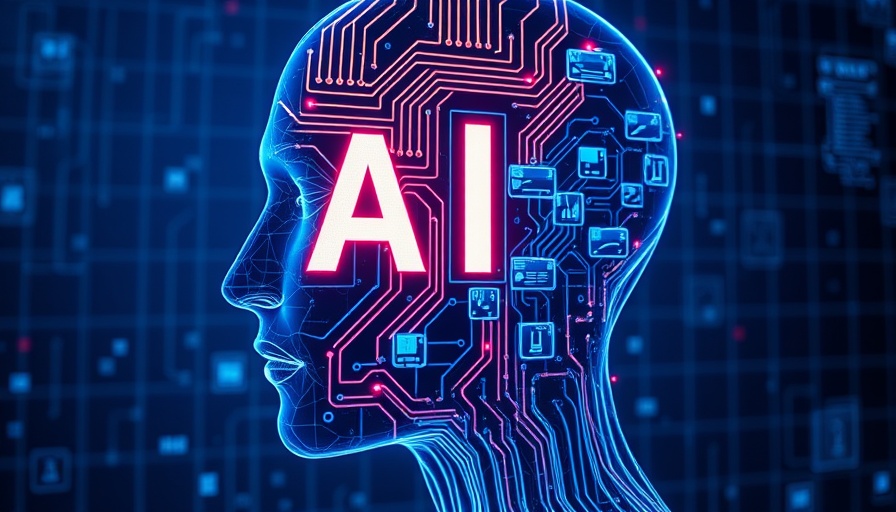
Understanding the 2025 Stanford AI Index: A Must for Today's Business Leaders
As the world accelerates into the future driven by technology, the 2025 Stanford AI Index offers invaluable insights for CEOs, CIOs, and HR leaders aiming to enhance their business strategies. The report, published by the Stanford Institute for Human-Centered AI, highlights several key developments in artificial intelligence that could significantly impact operational decisions and executive strategies across various sectors.
1. The Shift Towards Affordable AI
The AI Index reveals an exciting trajectory: large language models (LLMs) are becoming not only smaller but also drastically cheaper to implement. For instance, Microsoft's Phi-3-mini, with just 3.8 billion parameters, can now achieve significant tasks previously reserved for models with far more complex structures. As reported, the costs associated with LLM implementations have plummeted, making it feasible for companies of all sizes to leverage bespoke AI solutions. This accessibility can empower business leaders to develop tailored applications and enhance productivity, driving digital transformation efforts in all areas of their operations.
2. The Growing Concern of AI Misuse
Yet, with great power comes great responsibility. The report underscores a troubling trend: AI-related incidents surged, showing a dramatic increase in misuse, including deepfakes and chatbot controversies. This trend poses ethical dilemmas for leaders. Organizations must proactively integrate ethical AI in leadership to safeguard their operations and reputations. Emphasizing integrity in executive AI strategy will be crucial as businesses navigate the AI landscape.
3. The Need for Strategic Hiring and Training
As emerging technologies such as AI reshape the workplace, hiring and training practices must evolve. Executives should focus on acquiring talent that not only understands AI's technical aspects but also embraces its ethical application. Investing in workforce development ensures that employees are well-versed in implementing automation in business effectively and responsibly.
4. Predictions for Future AI Trends
Looking ahead, the forecast for AI adoption suggests that businesses prioritizing machine learning integration will gain a competitive edge. The proactive incorporation of AI-driven productivity tools will enable organizations to streamline operations and enhance decision-making processes. Leaders should remain vigilant about the evolving landscape of artificial intelligence trends to position their companies favorably for the future.
5. Emphasizing AI’s Role in Workforce Dynamics
Finally, AI challenges the traditional workforce structure and necessitates a shift towards AI and hiring practices that consider the skills of the future. Businesses must recalibrate their strategies to embrace this new reality, ensuring that technology enhances rather than replaces the human element in work.
In conclusion, the 2025 Stanford AI Index serves as a vital resource for leaders navigating a digital world where AI plays a central role in business strategies. Understanding these trends is not just about keeping up; it's about leading responsibly and innovatively. As the landscape continues to evolve, integrating AI into your workforce strategy can provide not only a competitive advantage but also a sustainable approach to growth and transformation.
 Add Row
Add Row  Add
Add 




Write A Comment